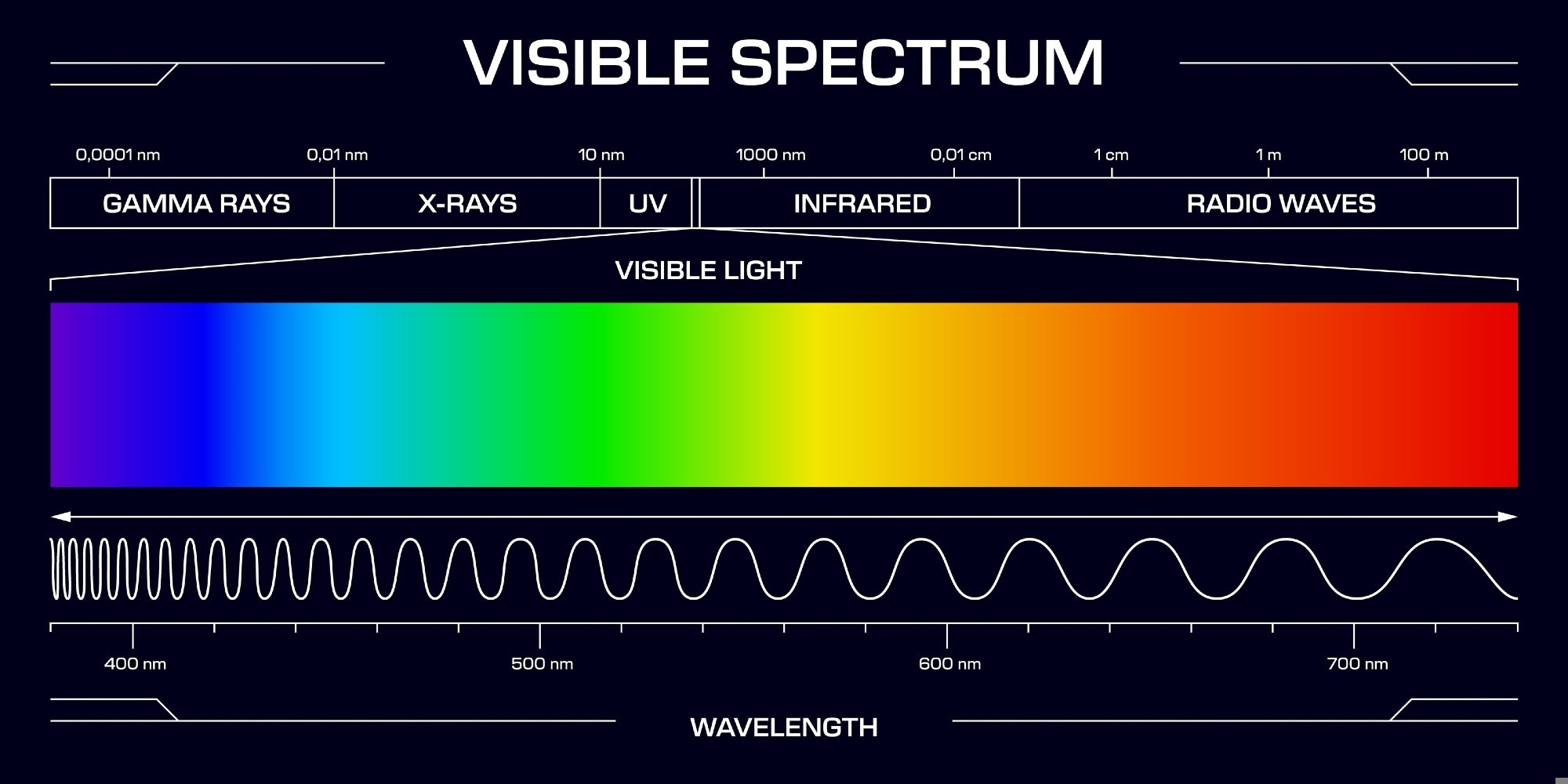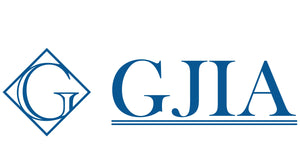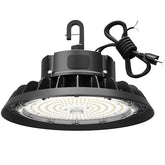The development history of LED after Independence Day of the United States
Early Theories and Discoveries (Early 20th Century - 1960s)
The 1950s: Breakthroughs in semiconductor research
In the 1950s, research institutions such as Bell Labs in the United States began to conduct in-depth research on semiconductor materials, especially III-V group compound semiconductors (such as gallium arsenide GaAs and gallium phosphide GaP). These materials possess Electroluminescence (EL) properties, meaning they can emit light directly when electrified, which laid the theoretical foundation for the invention of leds.
Key progress:
- Scientists at Bell LABS have discovered that certain semiconductor materials, such as GaAs, can emit infrared light under specific conditions.
- In 1955, Rubin Braunstein of Radio Corporation of America (RCA) first reported the infrared radiation phenomenon of gallium arsenide (GaAs), but it did not attract widespread attention at that time.

1961: The birth of infrared LED
In 1961, engineers Robert Biard and Gary Pittman from Texas Instruments (TI) in the United States successfully developed the world's first infrared LED, using gallium arsenide (GaAs) materials.
Technical features:
- This type of LED emits invisible infrared light and is mainly used in military and communication equipment, such as optocouplers and early optical fiber communications.
- Since infrared light cannot be directly seen by the human eye, its applications are mainly concentrated in the fields of sensors, remote controls and data transmission.
Business impact:
- Texas Instruments obtained the patent for infrared leds (US3293513) in 1962 and began small-scale production.
- This technology provided an important reference for the later visible light leds, especially in the selection of semiconductor materials and the optimization of PN junctions.
The Birth of Visible Light leds (1960s - 1970s)

1962: The first visible red LED
In 1962, Nick Holonyak Jr., a scientist from General Electric (GE), successfully developed the world's first visible red LED, using gallium arsenide phosphorus (GaAsP) material.
Technological breakthrough
- Horoniak discovered that doping phosphorus (P) into gallium arsenide (GaAs) could adjust the band gap of the semiconductor material, causing the LED to emit visible red light (with a wavelength of approximately 650nm).
- This discovery enabled LED to move from "invisible" infrared light to a light source visible to the human eye, which is of epoch-making significance.
The contributions of the "Father of LED" :
- Horoniac is thus hailed as the "Father of LED", and his invention paved the way for the subsequent commercialization of LED.
- He once predicted: "In the future, LED will replace incandescent lamps", and this prediction came true in the 21st century.
The 1970s: The commercialization of LED began
In the 1970s, LED technology began to move from the laboratory to the market and was mainly applied to the indicator lights of electronic devices.
Main applications:
-
Indicator lights for electronic devices: such as red, yellow and green leds on the panels of radios, televisions, calculators and instruments.
- Digital display: Early seven-segment digital tubes (such as calculators and electronic watches) adopted LED technology.
Technical limitations:
- At that time, the brightness of leds was relatively low and they could not be used for lighting. They were only suitable for small displays and signal lights.
- The light-emitting colors are mainly limited to red, yellow and green, and blue LED has not yet been broken through.
The Popularization and Innovation of LED (2000 to Present)
In the 2000s: LED entered the general lighting market
After entering the 21st century, LED technology has witnessed explosive development and gradually replaced traditional light sources.
Key progress:
-
Efficiency improvement: The luminous efficiency of leds (lumens/watts) has been significantly enhanced, rising from the early 20 lm/W to over 100 lm/W.
-
Cost reduction: Large-scale production has lowered the price of leds, allowing them to enter the ordinary household lighting market.
-
Promotion by the United States Department of Energy (DOE) :
- In 2000, the United States launched the "Solid State Lighting Program (SSL Program)" and invested hundreds of millions of dollars to promote the research and development of LED technology.
- Formulate the "ENERGY STAR" standard and encourage the popularization of high-efficiency LED products.
In the 2010s: LED became the mainstream lighting technology
In the 2010s, LED completely transformed the global lighting industry.
Technological breakthrough
-
Blue LED+ phosphor technology: By using blue leds to excite yellow phosphor, high-efficiency white leds are achieved.
Smart lighting: leds can be integrated with the Internet of Things (IoT) to achieve functions such as remote control, color temperature adjustment, and scene modes.
Market impact
-
Incandescent lamp phase-out: The United States, the European Union and other countries are gradually phasing out incandescent lamps, and LED has become the preferred alternative.
-
Environmental advantages: LED contains no mercury (compared with fluorescent lamps), consumes only 10% of the energy of incandescent lamps, and has a lifespan of over 50,000 hours.
The 2020s: Intelligence and Sustainable Development
At present, LED technology is still constantly innovating. The main trends include:
-
Micro-LED & Mini-LED: Used for high-end displays (such as Apple Pro Display XDR, Samsung The Wall).
-
Human Factors Lighting (HCL) : Automatically adjusts color temperature according to human body rhythms to improve health.
- Green energy integration: The combination of LED with solar energy and energy storage systems promotes low-carbon lighting.









